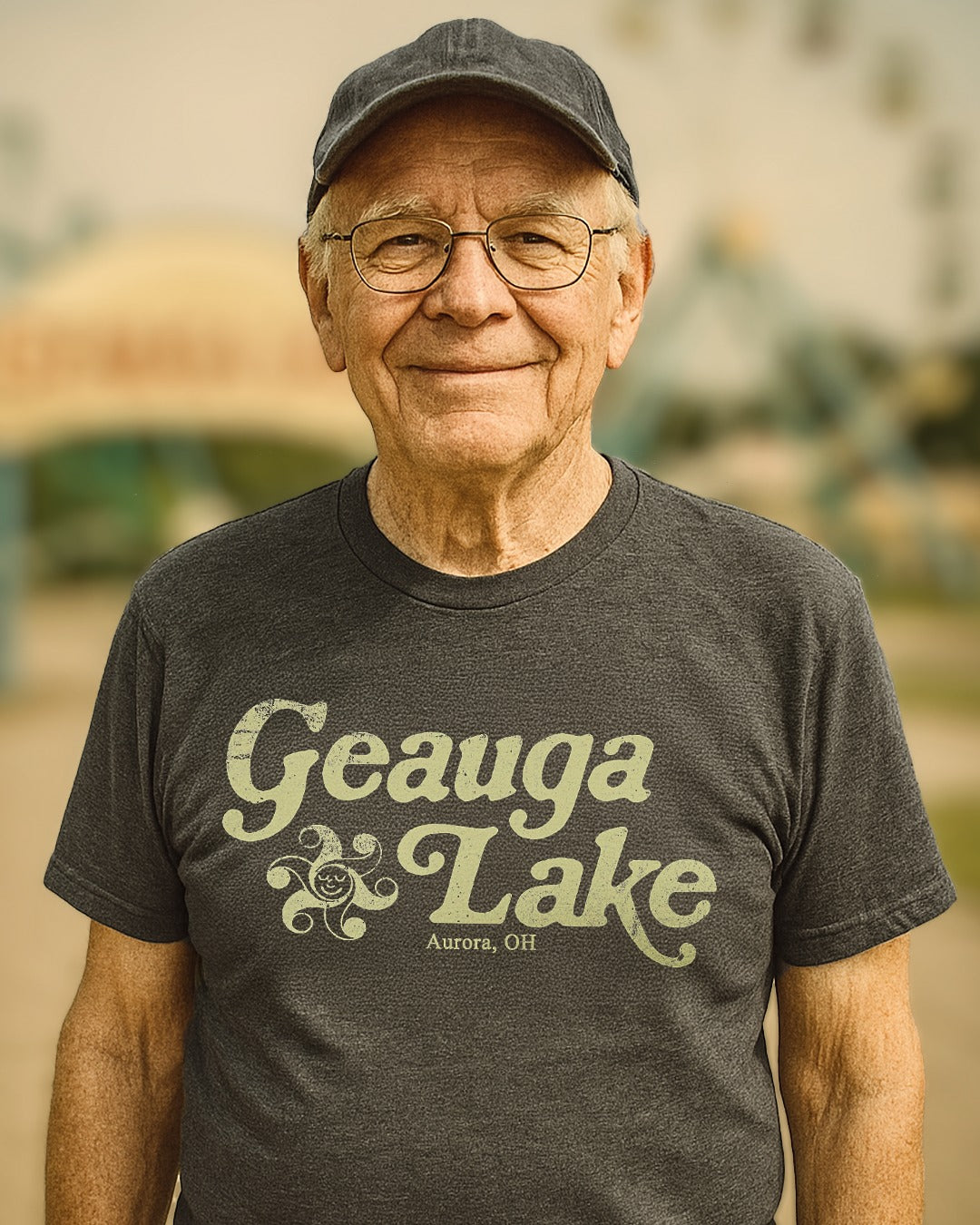Browns fans are feeling encouraged these days, because, well, there’s nowhere to go but up. With new hope comes new interest in the team. Here are 7 interesting things about the Cleveland Browns that some fans may not know:
1. The Browns are not named for Paul Brown
Well, at least not officially. They actually are. Here’s the story: When Arthur B. “Mickey” McBride formed the Browns in 1946 as part of the new All-America Football Conference (AAFC), he let his newly hired coach, and local sports icon, Paul Brown choose the nickname. Fans, and many in the press, suggested the team be named for the star coach, but Brown rejected this. A name-the-team contest produced the nickname Panthers, which Brown rejected. That nickname had been used by a failed Cleveland team in the first American Football League in 1926, and Brown felt it was associated with losing, even though that team was 3-2 when it folded. Another story goes that a group still owned the Panthers name as that former AFL team played on independently through 1933. In any case, McBride held another contest and “Browns” topped the voting again. However, this time it was explained that “Browns” was a reference not to Paul Brown but boxing champ Joe “The Brown Bomber” Louis. Yeah, right. McBride it seems, found a clever means to get his way and satisfy the fans, while Paul Brown, busy assembling the squad that would dominate the AAFC, and later the NFL, likely had little time to argue the point.
2.The Browns played their first regular season game against Miami.
The Miami Seahawks that is. The Seahawks lasted only one year before moving to Baltimore to become the Colts, who made the move along with the Browns and 49ers to the NFL in 1950. That Colts team though, folded after the 1950 season. But even though they were lousy, they were well-supported. So when the Dallas Texans folded after the 1952 season, Baltimore was awarded an expansion team which was also named the Colts. Those Colts of course, moved to Indianapolis in 1984, creating a void that would eventually be filled by the Browns…sort of.

A ticket stub from the Browns first home game.
3. The Browns did not move to Baltimore.
When Art Modell announced his intention to move the Browns to Baltimore, he thought he’d get away scot-free, just as Colts owner Robert Irsay and Raiders owner Al Davis had previously when they moved their teams out of Baltimore and Oakland, respectively. But Cleveland was able to do something that neither Oakland nor Baltimore could do: successfully threaten legal action. As far as the NFL is concerned, the Baltimore Ravens were formed in 1996, essentially as an expansion team, from the roster and staff of the Browns. The Browns colors and history stayed in Cleveland while everything else went to Baltimore…including, eventually, a Super Bowl trophy.
4. The Browns exact official colors and where they came from.
The team of course sports uniforms that are orange, brown, and white. Specifically, the Browns official colors for years were burnt orange, seal brown, and white. The colors were adopted from Bowling Green State University’s official colors, as the Browns held training camp there from 1946 through 1951. After the 2014 season, the shade of orange was changed slightly and now is just listed as “orange” by the team.
5. The Browns hosted the first installment ever of ABC’s Monday Night Football
During the 1960s, NFL commissioner Pete Rozelle dreamt of the league having single game played in prime-time each week, and broadcast nationally. As an experiment, the Packers played the Lions in 1964 on a Monday night, but that game wasn’t televised. More games followed in 1966 and 1967, this time televised, with 2 games each in 1968 and 1969. The AFL mimicked the concept in 1968 and 1969. Browns owner Art Modell, chair of the league’s TV committee, negotiated a permanent, weekly Monday night game as part of the league’s television contract that started in 1970, the year the AFL/NFL merger was finalized. On September 21, 1970, the Browns hosted the New York Jets before a sellout crowd at the old stadium and a national TV audience watching on ABC. Cleveland beat Joe Namath and the Jets 31-21.
6. The Browns lonely Super Bowl drought.
Only 2 teams that were in existence at the time of the 1970 AFL/NFL merger have never played in a Super Bowl: The Detroit Lions and the Cleveland Browns. Only 2 other teams in the league have never played in the big game, the Jacksonville Jaguars, who joined the league in 1995 and the Houston Texans who debuted in 2002.
7. The Browns almost had a logo on their helmet. In 1965, Browns owner Art Modell thought it would be a good idea for the team's blank helmets to be adorned with a logo. In the late ‘50s and early ‘60s, the team did wear numbers on their helmets, previous to Modell buying the team. With encouragement and assistance from the league, a “CB” logo was designed (see above). Vince Grzegorek wrote a wonderfully detailed piece about the mystery of the “CB” logo for Cleveland Scene. In a nutshell, the logo appeared in promotional materials and was even offered for sale in a kid’s version at Cleveland area department stores in 1965. The official collection of NFL mini helmets sold that year also featured the CB logo. The players though, were not keen on the new design, and for some reason the team and the league relented. Grzegorek’s article is far more detailed, and worth a read.


